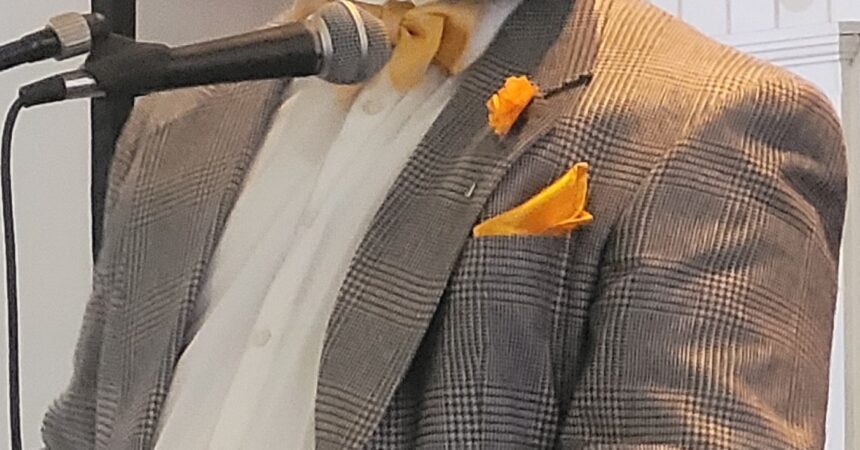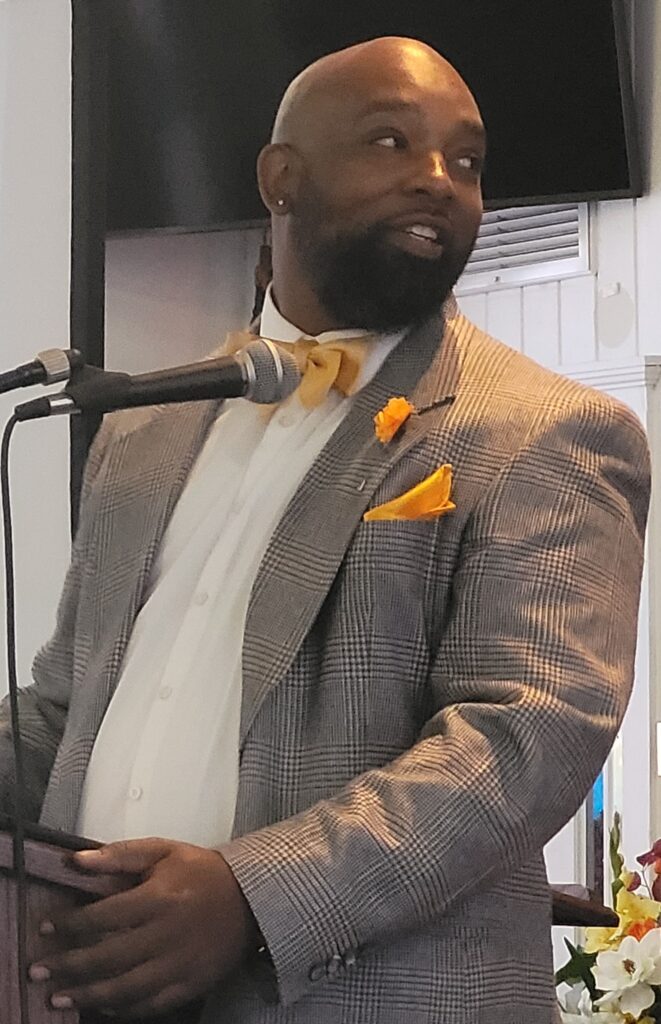
Reenactors bring history to life in Bond community

By St. Clair Murraine
Outlook Staff Writer
History was alive as reenactors strolled around the Speed Spencer Stevens Park.
A renaissance man was there, too, this past Saturday. Reenactors shared stories about the impact of the Buffalo Soldiers and Colored Troops during the Civil War.
There was a lot more during the five-hour event in Bond, a Black community where organizers said was best for connecting history. The idea was proposed by Jarvis Rosier Sr., president/director of the Colored Troops Education Project.
Having the event in the heart of the community was Rosier’s way of introducing history to children, said Tonja Webb, a member of the Second Infantry Regiment United State Colored Troops Living History Association.
“It’s very important that we target communities that was historical in the city and tell some untold stories of heroes right outside of Tallahassee, which most people don’t know about,” she said.
For those who don’t know, the Second Infantry Regiment was involved in the Battle of Natural Bridge, which actually occurred in Woodville. As the Civil War raged on, the Union was represented in the battle by the Second and 99th infantry that were made up of colored soldier in 1865.
Last Saturday’s event was a prelude to Emancipation celebration on May 20, marking the date when a proclamation was read in Tallahassee to end slavery. John G. Riley Center & Museum of African-American History and Culture will host the emancipation celebration.
Blacks and their place in history were obvious throughout the day, particularly during a mini lecture by educator/historian Anthony Thompson. His presentation inside Greater Mount Zion Primitive Baptist Church focused on critical race theory.
Early in his talk, Thompson explained that critical race theory grew out of European anthropologists’ views.
“Basically what these philosophers and these Europeans were trying to say was split mankind in two divisions and this duality will come up again as to why critical race theory has created a division,” he said. That division was labeled as “the beautiful White race and the ugly Black race.”
Around the north end of the park, exhibits were set up. Some featured historic displays of the colored troops, while others featured depictions of roles, such as schools during the civil war era.
There was a choral performance by the Nims Middle School Chorus, which was led by director Andrew Thompson. John Anderson performed a rendition of a speech by Frederick Douglas about the lives of slaves.
On the opposite end of the stage where Anderson gave his reenactment of the speech by abolitionist Douglas, a may pole demonstration took place simultaneously.
Around the venue, there were several signs of the 1800s. Alice Cappa weaved wool. Just adjacent to her Danny Sylvester did a presentation of a Renaissance man, featuring items such as the charcoal irons and manual meat grinders.
There was also a replica of what a colored troops schoolhouse looked like, featuring a teacher’s quarters.
Throughout the event, attendees took free short rides on two horses that Keith McCarthy brought from his stables. He was assisted by E.J. Gordon.
The Buffalo Soldiers of Florida were also represented. Throughout the day, Richard Wilders gave mini lectures on the role of the Buffalo Soldiers.







